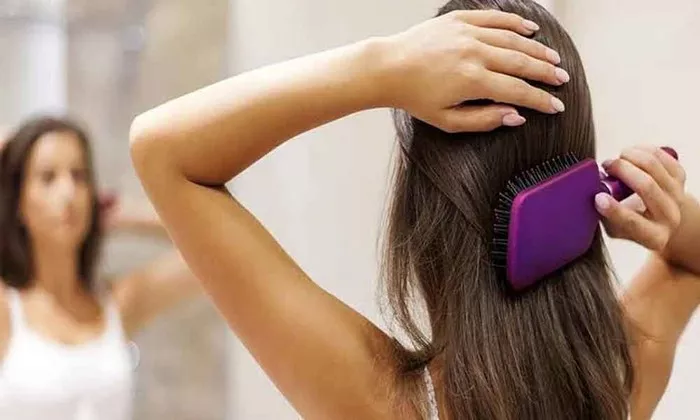Heat damaged hair is a common concern for individuals who regularly use hot styling tools or expose their hair to high temperatures. In this article, we will explore the telltale signs and symptoms of heat damaged hair, helping you identify and address this issue. Understanding how heat damaged hair feels is crucial for its prevention and treatment. Let’s delve into the specifics to keep your hair healthy and vibrant.
1. Recognizing the Texture Changes:
Heat damaged hair typically undergoes significant texture changes. These changes can be further divided into the following key indicators:
a. Rough and Brittle Strands:
Heat damaged hair often feels rough to the touch. The excessive heat causes the hair cuticles to become raised and jagged, leading to a coarse, brittle texture. This can make your hair feel less smooth and less pliable.
b. Split Ends:
One of the most evident signs of heat damage is split ends. Affected hair tends to fray, creating a tangled, messy appearance. Split ends can give your hair a distinctly uneven feel, making it challenging to manage.
c. Reduced Elasticity:
Elasticity is a crucial aspect of hair health. Heat damaged hair loses its natural elasticity, making it less capable of returning to its original shape after being stretched. As a result, you may notice a lack of bounce and resilience in your hair.
2. Loss of Moisture:
Heat damaged hair often struggles to retain moisture, and this can lead to several negative outcomes, including:
a. Dryness:
Damaged hair feels dry and lacks the natural shine that healthy hair boasts. This dryness is often accompanied by frizz and a lackluster appearance.
b. Increased Porosity:
Heat damaged hair becomes more porous, meaning it absorbs moisture from the environment but struggles to hold onto it. This makes your hair more susceptible to environmental factors and further damage.
3. Increased Sensitivity:
Heat damaged hair can become sensitive and prone to various forms of irritation. This sensitivity manifests in several ways:
a. Scalp Discomfort:
Your scalp may become more sensitive, leading to itching, redness, and even flakiness. This can result from the heat damage affecting the hair follicles.
b. Heat Sensitivity:
Damaged hair is more susceptible to further heat damage, which means using hot styling tools can exacerbate the problem. The hair feels like it’s “sizzling” under heat, and this can be an uncomfortable sensation.
4. Lack of Shine and Vibrancy:
One of the most noticeable features of heat damaged hair is its dull appearance. The lack of shine and vibrancy can be further broken down into the following issues:
a. Faded Color:
If you regularly expose your hair to heat, the color can become less vibrant and may even appear washed out or discolored.
b. Difficulty Styling:
Heat damaged hair can be hard to style, as it lacks the natural shine and luster that healthy hair possesses. Achieving your desired look may become a challenge.
5. Increased Breakage:
The structural integrity of your hair is compromised by heat damage, leading to increased breakage:
a. Thin and Weak Ends:
You may notice that your hair appears thinner, particularly towards the ends, due to excessive breakage. Damaged hair strands are weak and more prone to snapping.
b. Hair Loss:
In severe cases of heat damage, hair loss can occur. Heat-damaged hair may start to fall out, leading to visible thinning.
See Also: How Can I Grow My Hair Back from Alopecia: A Full Guide
Conclusion:
Heat damaged hair exhibits a variety of telltale signs, affecting its texture, moisture levels, sensitivity, shine, and overall health. Understanding what heat damaged hair feels like is the first step in addressing this common issue. It’s essential to take preventive measures, such as using heat protectants and minimizing heat exposure, to maintain the health and beauty of your hair. Remember, a little care and attention can go a long way in ensuring your hair looks and feels its best.


